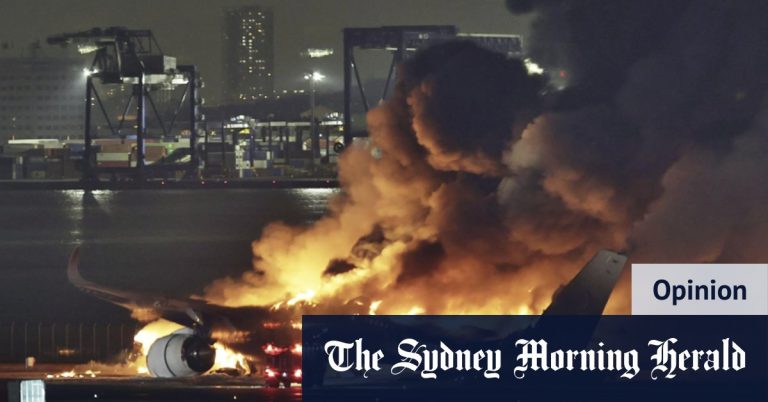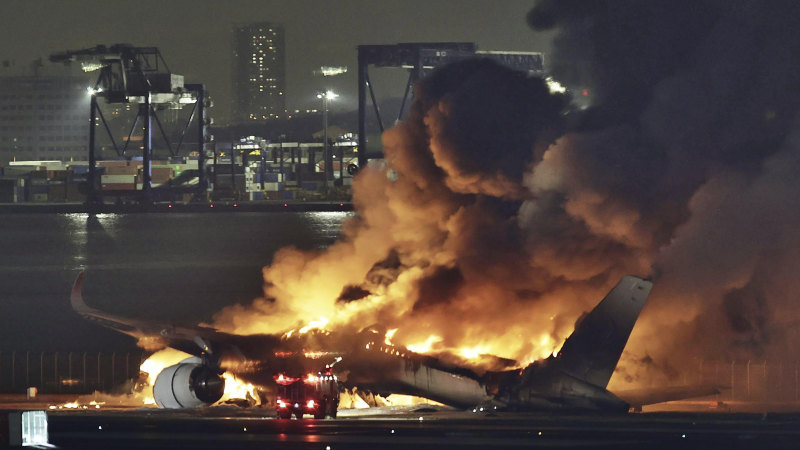Furthermore, aviation regulations have been updated to ensure that an aircraft can be evacuated within 90 seconds. Passengers sitting near the overhead exits were directed to assist in emergency situations, emphasizing the importance of each individual's role in emergency situations.
In 1985, there was a disaster at Manchester Airport, where British Airways Flight 28M caught fire during take-off, killing 55 people. Engine failure caused the fire, and the evacuation was hampered by difficulties such as congested exits and limited access to exits above the wing. This disaster also led to major changes in aviation safety, including improved aircraft design, more effective crew firefighting techniques, and revised emergency procedures and training.
download
Regulatory standards now typically require aircraft to be able to evacuate within 90 seconds. This standard is set by the International Civil Aviation Organization and national aviation authorities such as the Federal Aviation Administration in the United States and the Civil Aviation Safety Authority in Australia. The 90-second rule is based on the assumption that the aircraft can be evacuated using half of its available exits, taking into account the possibility that some of them may be inoperable. Most importantly, all carry-on or hand luggage is required to remain on board.
The evacuation of JAL516 reflects lessons learned from past tragedies. It highlights the importance of a strong safety culture. In high-risk industries, fostering a safety-first mindset is critical to accident prevention. Japan's approach is a clear example of this.
It is important to consider the influence of human factors and passenger behaviour. Safety culture extends beyond regulatory measures to include community awareness – in this case, the preparedness of the traveling public. A culture of safety ingrained within a community can be a lifesaver in transportation crises.
While the decision-making and actions of the flight crew were vital in the evacuation of the Japan Airlines plane, we cannot overlook the critical role of the passengers' behaviour: their cooperation and compliance. A striking element of this eviction is the scarcity of amateur footage. This suggests that the passengers refrained from recording the evacuation, unlike many emergency situations where people focus on documenting the event rather than ensuring their personal safety.
Furthermore, the passengers reportedly did not attempt to take their luggage with them. It is clear that this discipline, calmness and quick response to the crew's instructions played a decisive role in the successful evacuation. It is well documented through computer simulations and experimental studies that baggage retrieval can severely impair aircraft evacuation efficiency.
In emergency situations, every second is vital. Safety-conscious travelers understand the risks of prioritizing personal belongings over speedy evacuation. This behavioral aspect, which is often overlooked, can mean the difference between life and death. Think about this the next time you get on a plane.
Although celebrating the survival of so many people is important, attributing these successful evacuations to “miracles” trivializes a very humanitarian achievement: the preparedness of both crew and passengers – and their commendable response – saved 379 lives.
Milad Haqqani is a Senior Lecturer in Urban Mobility, Disaster Risk and Public Safety at the University of New South Wales in Sydney. Rico Merkert is an internationally recognized aviation expert. He is Professor of Transport and Supply Chain Management and Deputy Director of the Institute of Transport and Logistics Studies at the University of Sydney Business School.
The Opinion Newsletter is a weekly collection of views that will challenge, support and inform yours. Register here.


